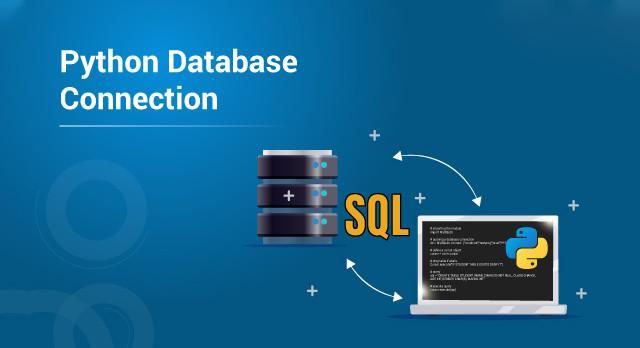
连接mysql数据库,通常我们会使用python的mysql-connector-python库。下面是一个基本的示例来展示如何使用Python连接到MySQL数据库。
首先,确保你已经安装了mysql-connector-python库。如果没有,你可以使用pip来安装它:
pip install mysql-connector-python
接下来是一个连接到MySQL数据库的基本Python方法:
import mysql.connector
def connect_to_mysql(host, user, password, database):
"""
连接到MySQL数据库
参数:
host (str): MySQL服务器的主机名或IP地址
user (str): 用于连接到数据库的用户名
password (str): 用户的密码
database (str): 要连接的数据库名
返回:
mysql.connector.connection: 如果连接成功,则返回一个连接对象;否则返回None
"""
try:
# 创建连接
connection = mysql.connector.connect(
host=host,
user=user,
password=password,
database=database
)
print("连接成功")
return connection
except mysql.connector.Error as err:
print(f"错误: {err}")
return None
# 使用函数
if __name__ == "__main__":
HOST = "localhost" # 你可以更改为你的MySQL服务器地址
USER = "your_username" # 你的MySQL用户名
PASSWORD = "your_password" # 你的MySQL密码
DATABASE = "your_database" # 你要连接的数据库名
connection = connect_to_mysql(HOST, USER, PASSWORD, DATABASE)
if connection:
# 使用连接执行一些操作,例如查询
cursor = connection.cursor()
cursor.execute("SELECT * FROM your_table")
rows = cursor.fetchall()
for row in rows:
print(row)
# 记得在完成操作后关闭连接
cursor.close()
connection.close()
请确保将your_username、your_password、your_database和your_table替换为你的实际MySQL用户名、密码、数据库名和表名。
这只是一个基本的示例,实际使用时你可能需要添加更多的错误处理和功能。

